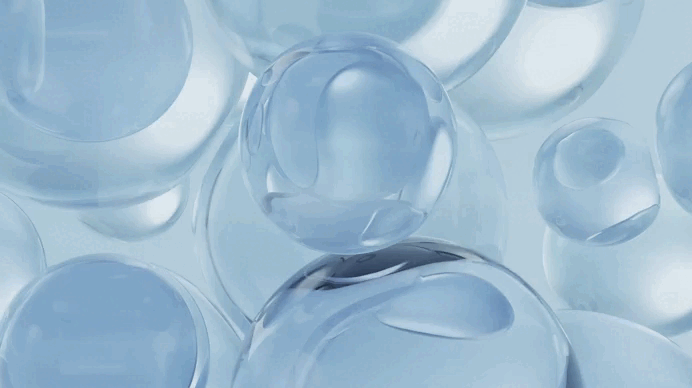
The only product in the market specifically developed for Hyaluronic Acid (HA) degradation
What is Hyaluronic Acid?
Hyaluronic Acid is a highly safe product extensively used in aesthetic medicine due to its excellent hydrating and volumizing properties.
However, in certain cases, its application can lead to complications ranging from mild reactions such undesire aesthetic results, partial migrations of the filler, to more severe issues such as vascular occlusions, and necrosis.
It is essential that its administration be overseen by qualified professionals equipped with the best tools to minimize risks and ensure optimal outcomes.

What is HA Corrector?
This product is based on second-generation recombinant enzymes with an excellent safety profile due to its low immunogenic potential.
It is a vital tool for every aesthetic physician, enabling effective management of adverse effects caused by hyaluronic acid fillers.
It is available in concentrations specifically designed to provide a useful and flexible tool for physicians, tailored to the required level of degradation.

How does it work?
HA Corrector’s Hyaluronidase PB3000 mecanism of action consists of breaking the bonds between the hyaluronic acid molecules.
By hydrolysing these bonds, hyaluronidase breaks the large hyaluronic acid molecules into smaller fragments, which are more easily reabsorbed by the body.

Products

HA Partial Corrector
Mild complications arising from hyaluronic acid fillers

HA Total Corrector
Severe complications arising from hyaluronic acid fillers
Doctor's opinion
Frequently
Asked
Questions
Yes, many complications can be reversed or corrected with hyaluronidase, which breaks down the hyaluronic acid filler. Other treatments may include antibiotics for infections or steroids for inflammation.
The time frame for the product to take effect may vary, but effects are generally noticeable within an hour. The physician will be responsible for evaluating and adjusting the treatment protocol according to their professional judgment and the patient’s specific needs.
Yes, hyaluronidase is generally considered safe due to its low immunogenicity and high specificity. Its low immunogenicity minimizes the risk of adverse immune responses, while its high specificity ensures targeted action with minimal impact on surrounding tissues.


